12 Chilling Twists That Flip the Story on Its Head

Get ready for an epic sci-fi journey! Artificial intelligence may be scary in movies, but in real life, scientists are using the power of AI to revolutionize our world. There are many ways to use AI for the better, including in biology. For example, to de-extinct species. Now, hold your horses! I know it sounds scary.
But before you start worrying about T. rex rampaging through your neighborhood, let’s set the record straight. According to scientists, dinosaurs are off the table when it comes to cloning. After all, you can’t clone from stone. However, there are plenty of other, more peaceful candidates for de-extinction. And there are many reasons why this might be a good idea.

Life on Earth is facing some serious challenges. Human exploitation, habitat destruction, and natural disasters are wreaking havoc on our precious planet like never before. You know how the dinosaurs went extinct 65 million years ago? Well, studies show that the rate of species disappearing today has skyrocketed to almost the same level! More than a million species are in danger. Scientists believe that if things continue like this, by the year 2100, half of all Earth’s species could be gone!
Now, we all love cute and cuddly panda bears, but the importance of biodiversity goes way beyond the warm and fuzzies. Life forms on Earth are all interconnected, like pieces of a giant puzzle. They rely on each other for survival, with some species providing food, shelter, and support to others. When one species goes extinct, it can set off a chain reaction, like a domino effect, putting others at risk too.
So we’re talking about safeguarding the delicate balance of life on our planet. After all, it’s the only home we’ve got. And here comes the idea of de-extinction. So, how does it work? Well, we’d have to use things like artificial intelligence, digital memory, and data analysis. Thanks to them, we can bring back the DNA of extinct species.
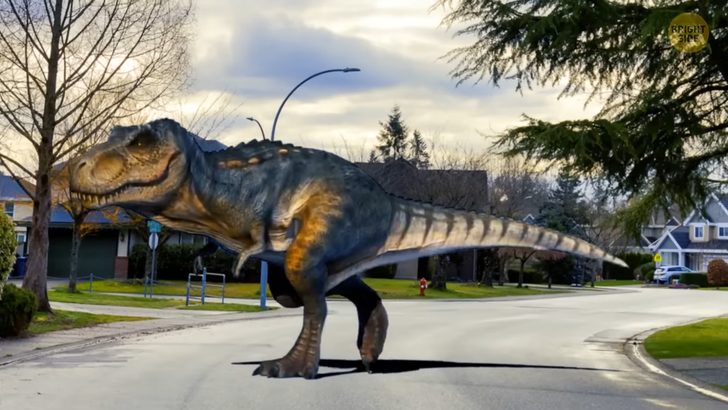
The Wooly Mammoth, for example. It roamed the Earth from about 300,000 years ago up until about 10,000 years ago. And now it might just make a comeback! Scientists have been working for years to bring it back to life. What they’re trying to do is take frozen mammoth’s DNA and combine it with elephant’s DNA using AI. This would create a new mammoth-elephant.
Something like this will take years, but the benefits will be amazing. These ancient beasts could actually restore grasslands and balance greenhouse gasses. Imagine seeing a real-life mammoth, the first to walk the Earth in 10,000 years! And they’d be making our world a greener place... Isn’t that awesome? Who knew that the key to saving our planet could lie in the Ice Age!
But bringing them would be a mammoth task! It involves working with elephant eggs, and surrogate families to raise the mammoths. We need to be careful to ensure that the things would be safe and respectful to the elephants. Another extinct animal is the Passenger Pigeon. This bird was once one of the most common species in North America. Imagine a world where the skies are once again filled with the majestic flight of billions of passenger pigeons, the most abundant bird species in history!
These beautiful creatures, with their distinctive spotted tails and iridescent feathers, used to dot the skies like confetti. Sadly, they went extinct in the early 20th century due to habitat loss and over-hunting. But now, thanks to the AI, we can analyze the DNA of the passenger pigeon and recreate this species in the lab!
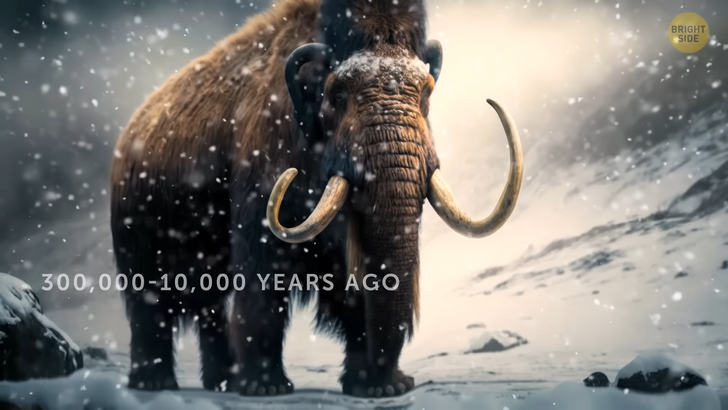
Meet Martha, the last surviving passenger pigeon. She passed away in a zoo in 1914. But her story doesn’t end there! Genetic samples from Martha and other preserved specimens would allow researchers to piece together the pigeon’s DNA puzzle. The goal? To revive the species by 2025!
It’s an ambitious timeline, but with dedication and innovation, it’s absolutely possible. And finally, the Tasmanian Tiger. The Tasmanian tiger, also known as the thylacine, is another species that scientists are hoping to bring back to life. Millions of years ago, these wolf-like creatures roamed Australia. Unfortunately, they vanished from the mainland around 2,000 years ago. They remained in Tasmania until the 1930, and then went extinct due to habitat loss and hunting.
But a team of brilliant scientists is on a mission to resurrect this adorable creature! The great thing about the thylacine is that it was super important. Every major museum wanted one in their collection. So there are hundreds of samples of their DNA around the globe. Talk about a treasure trove of DNA!
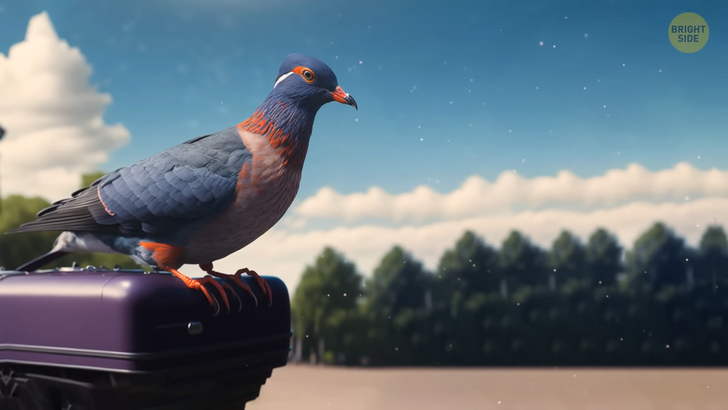
These are just a couple of examples. But this doesn’t mean that we’ll begin to massively revive a bunch of extinct species left and right. It’s not that simple. First off, we can’t revive all animals. DNA has an expiration date. It can’t last more than 1.5 million years. That’s why having a pet T. rex is still a distant dream, but animals from the Ice Age are a more realistic possibility. There are also other criteria.
Scientists prefer no wild wanderers, monogamous species who would help grow their population more quickly, and so on. Also, before we go full-on Jurassic Park, there are some obvious dangers to consider. Our genetic games could easily upset existing ecosystems. After all, since these animals became extinct, other species have evolved and adapted to fill their place. Will bringing them back cause more harm than good?
Also, over the years, the environments where these creatures lived have drastically changed... especially when it comes to Ice Age animals. The plants they used to feed on could be long gone too. So, would mammoths or thylacines be able to survive on their own in the wild? If not, who would take care of them? It would be sad for them to end up as mere curiosities in a zoo. But hold on, it’s not all doom and gloom.
Even without the reviving part, this technology could help us save living species on the brink of extinction! Like the white rhino, for example. These amazing creatures are critically endangered, and saving them from extinction is a race against time. Sadly, we recently lost a northern white rhino at the San Diego Zoo. Now, there’s only five of these majestic animals alive on the entire planet. And to make matters worse, there’s only one male left among them.
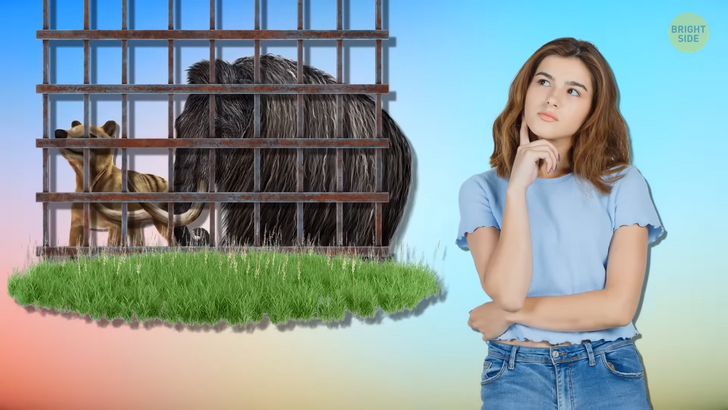
But there’s hope! Imagine a world where black and white rhinoceroses roam freely. By taking what’s preserved of them in museum collections, we could help revive their populations. We could bring back the glory days with black and white rhinos leading the charge! Of course, there are debates about the ethics of this entire operation. But many experts argue that it would be unethical not to try to undo the damage humans have caused. If we have a technology to undo the damage we’ve caused and save endangered animals, why not use it? If you could bring back any extinct animal, which one would it be? Tough question, right?
The most fun one would probably be the dodo. Just look at it! It’s the epitome of silliness with its inability to fly, its juvenile characteristics, and its lack of fear towards humans. Imagine having dodos waddling around in their native habitat on the beautiful island of Mauritius. It would be a sight to behold! Now, what about the most dangerous one? Well, maybe there would be no dinos, but there’s one animal that would send chills down your spine — the giant short-faced bear.
Just picture encountering a 12-foot tall beast standing on its hind legs in your backyard. Yikes! I’d rather not have that heart-stopping moment. So, when will de-extinction become a reality? It’s hard to say. If we’re talking about creating animals with some traits of their extinct counterparts, like the ones we’ve mentioned, it could happen within a few years to a decade. But for full-blown mammoths with all their genes and behaviors, it’s a longer road ahead.
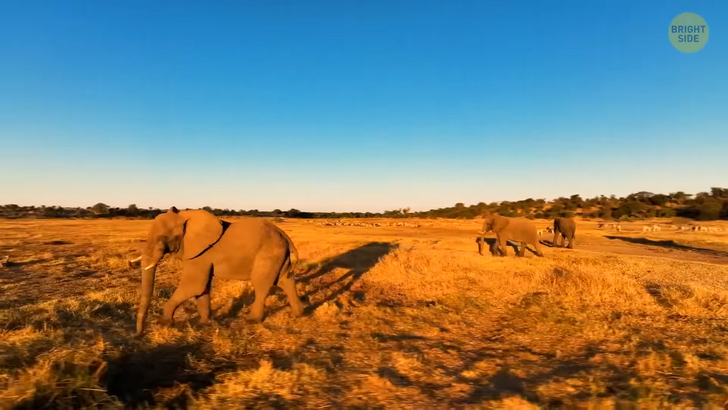
One thing’s for sure, though — the future of de-extinction is as exciting as it is uncertain. The possibilities are thrilling and awe-inspiring, showing us that science can be like a real adventure!
Who knows what wonders the future holds? Let’s hope that one day, we’ll also be able to see these incredible creatures walk the Earth once again.











